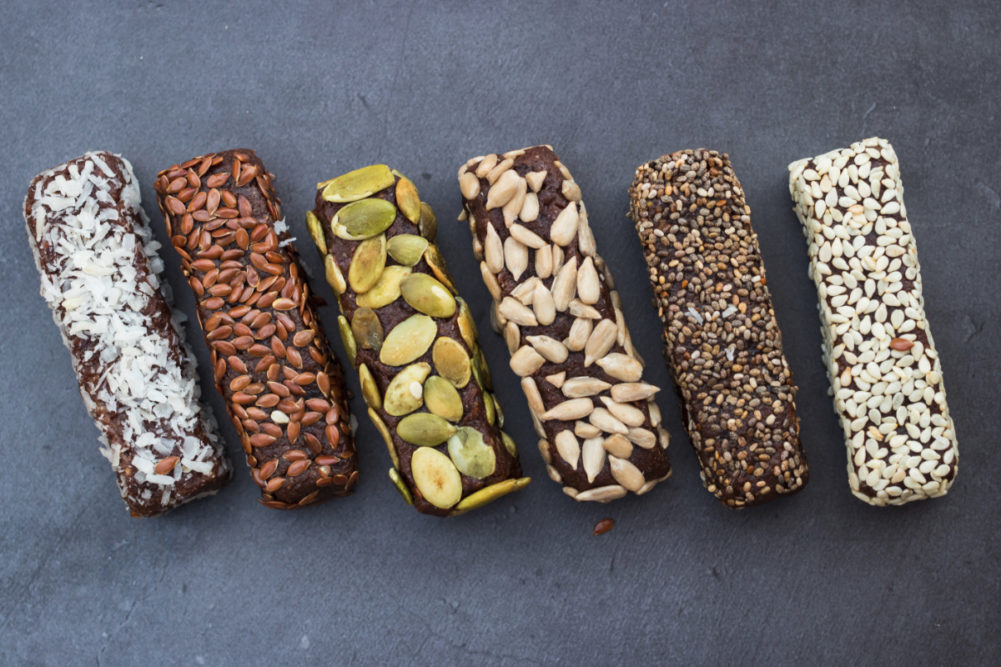SAN FRANCISCO — The specialty food industry continues to outpace conventional grocery sales, but the rate of growth has slowed as the market approaches maturity, according to Mintel analysts speaking at the Winter Fancy Food Show held Jan. 19-21 in San Francisco. Specialty food sales grew 10% between 2016 and 2018 to $148.7 billion and now account for 16% of the total food market, said David Browne, senior analyst with Mintel.
“We’re fast approaching the point where specialty is basically 20% of all food and beverage,” Mr. Browne said during a Jan. 19 presentation at the event. “That’s a major milestone.”
Within the specialty segment, beverage sales are growing faster than food sales, up 13% and 10%, respectively, over the two-year period. Mr. Browne noted a rising trend in functional beverages that promote energy, mental focus, relaxation and digestive health.
“There’s a lot of excitement and surprise in the specialty beverage market,” he said. “It’s a good place to be right now.”
Snacks, including jerky and meat snacks, chocolate, wellness bars, chips, crackers and cookies, command a 27% share of all specialty food sales, Mr. Browne said.
“Our consumer data show everyday snacking is one of the primary ways that specialty food consumers … interact with these products,” he said.
More than a third of specialty food consumers purchased plant-based foods in the past six months, and 90% of dedicated plant-based consumers buy specialty foods, according to Mintel.
“We’ve taken steps in the last few years to really try to quantify how large the plant-based market is and also to better understand the specialty food consumer’s purchase behavior with plant-based,” Mr. Browne said. “At this point, specialty plant-based we believe is about a $5.5 billion segment… In 2018, about 5% of all sales in specialty were plant-based. It’s significant, and it’s growing, but it’s still relatively small as a share.”
David Lockwood, director of Mintel Consulting, added, “When people ask me where the growth is coming from in specialty foods, next year 20% of the growth in terms of number of dollars will come from plant-based foods.”
E-commerce, which represents 2% of the specialty food retail market at $3 billion in sales, also is a significant contributor of growth, Mr. Browne said.
“We do feel in the next couple of years this market is going to double,” Mr. Browne said of online specialty grocery. “We’re going to see close to $6 billion in sales, and we know that because when we go back to our consumer data, when we asked what categories consumers were buying, 86% of specialty food consumers said they buy specialty groceries online.”
Product claims such as natural, organic and non-G.M.O. and dietary claims such as high-protein and low-sugar are attracting shoppers to specialty brands. Millennial and Gen Z consumers are more likely to experiment with various diets than older generations, Mr. Lockwood said.
“Younger adults have started taking this a la carte mentality and can be on more than one diet at the same time,” he said. “Five years ago if I had said anything about the keto diet, people would have laughed if they knew what it was because it’s very unusual, but yet as you can see just as many people are trying keto as dairy-free or paleo or even gluten-free.”
Demographics play a role in specialty food consumption. Generation Z consumers are more likely to spend the largest percentage of a weekly food budget on specialty foods, and Generation X are more likely to buy the largest number of specialty food categories. Eighty-four per cent of millennials are specialty food shoppers, compared to 66% of Gen Z, 75% of Gen X and 69% of baby boomers.
“Baby boomers, who several years ago were leading all of specialty foods … now are starting to tail off a little bit, but not a lot,” Mr. Lockwood said.
Transparency and traceability also are key drivers of specialty food sales and predictors of long-term marketplace success, Mr. Lockwood said.
“Brand and product transparency will determine a company’s ability to thrive in the long term, whether it’s specialty food or not,” he said. “The companies that are going to be around are the ones that people remember having done something for them. That’s a big change from where we were 10, 20, 30 years ago where legacy brands thrived because they were always around and it’s what your mother bought. It’s different now.”






